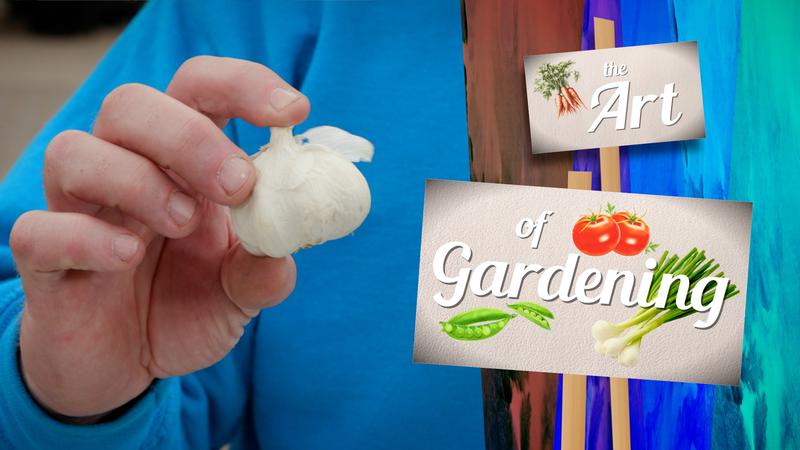We’re all guardians of our breathing space
KAMLOOPS — If you hike to the top of Peterson Creek Park on any given day, more so on a cold one, you’ll see a blanket of yellowish, dirty air draped over the valley.
This is not new or unexpected. The surface inversion well-known to these parts increases the effects of air pollution. Whatever is released into that cold air trapped close to the surface, be it vehicle exhaust, mill emissions, or wood smoke, it all stagnates and makes our breathing air a lot worse than it should be.
There is no clear answer as to what is in the yellow plume. Winter smog is a terrible beast made worse by inversion phenomena, but knowing what we breathe in would be good. You can’t fix something if you don’t know where to start or how complex the issue.
It would be nice to know how much each polluting source adds to that yellowish layer. There is no heads-up information about mill emissions or slash pile burning. That affects some people more than others. It is unsettling to be exposed to air pollution by various industries in or around town, and not know when that will happen. Of course, when it does, people notice, but there is something to be said about habituation. Except that in case of our breathing air, it is not in our benefit at all to accept it as is.


